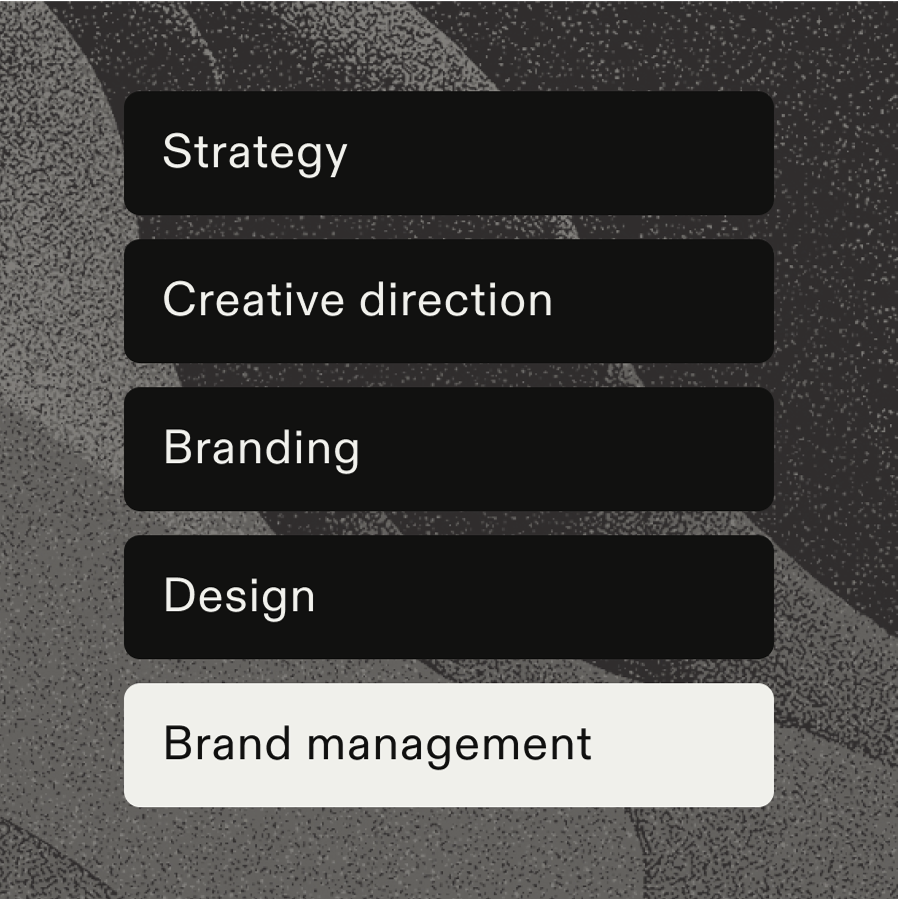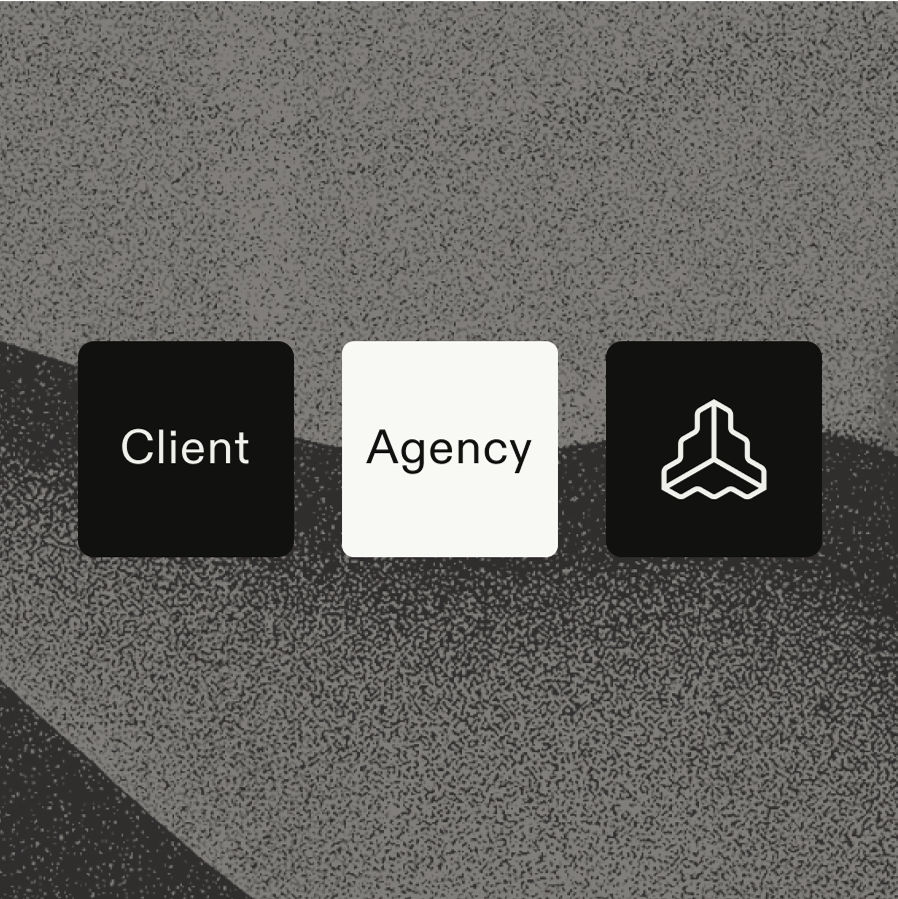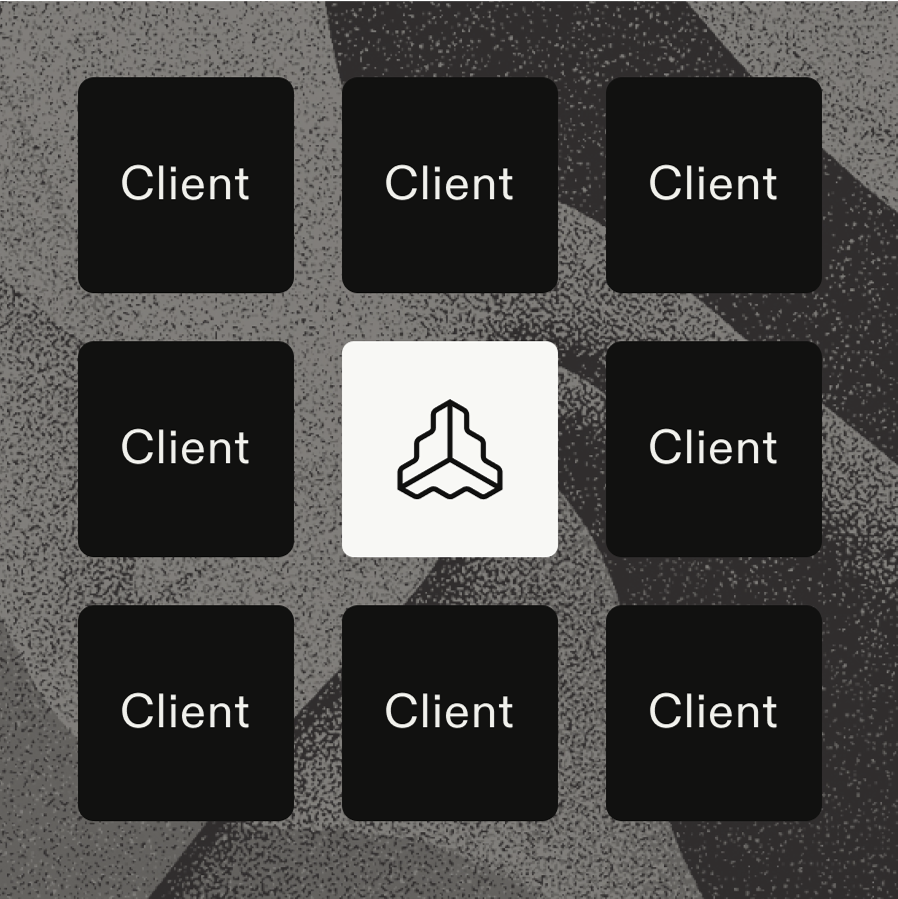Offer your clients a holistic brand-building environment with guidelines, project spaces, libraries, and design systems.
Brand solutions for agencies
Frontify for agencies













Expand your service offering
Generate new revenue streams by offering your clients a complete brand management platform and all services related to its setup and maintenance.

Increase your client retention
Introduce your clients to the modern way of managing brands, and become their go-to source for maintaining their Frontify system and future brand projects.

Multiple clients, one dashboard
Run the entire creative process with one software: Build and manage multiple brand homes, centralize guidelines and assets, and collaborate on projects in real time.


– Roger Dudler,
CEO and Founder of Frontify
“Having close relationships with agencies, consultancies, and tech providers has always been a huge part of our DNA.”
Great reasons to talk to us
Rebranding projects
Accordion header
This is some text inside of a div block.
,
Second label.
01

Deliver the new brand through an advanced platform that streamlines your work and ensures smooth client handover.
Brand guidelines
Accordion header
This is some text inside of a div block.
,
Second label.
01

Design flexible documentation that preserves your creative freedom while providing clear direction.
DAM solution
Accordion header
This is some text inside of a div block.
,
Second label.
01

Organize files in a centralized system that integrates seamlessly with your client's brand guidelines.
Design system
Accordion header
This is some text inside of a div block.
,
Second label.
01

Maintain brand consistency and cohesion across all products through standardized components and patterns.
Our partnership program includes everything from sales commissions to expert support, some pretty cool benefits, and loads of resources that help grow your agency.